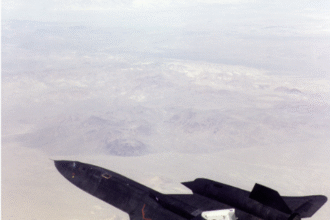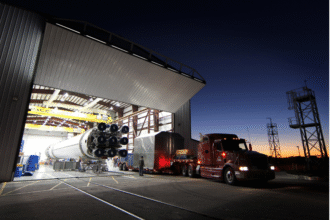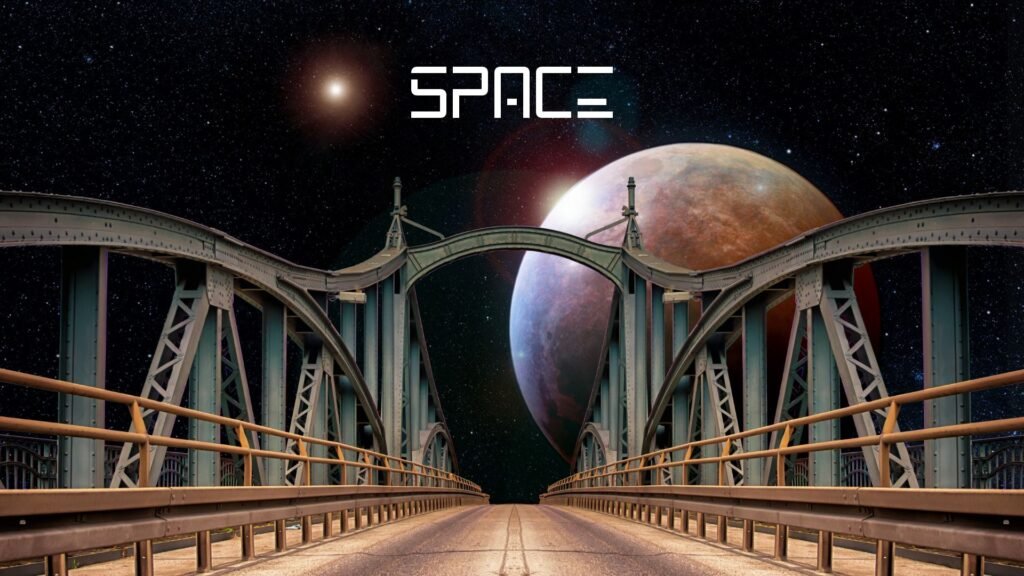
As our dependence on space-based technologies grows, so does the demand for secure, fast, and reliable data transmission across satellites and ground stations. From navigation to weather forecasting and space exploration, the backbone of these systems is the ability to send and receive data across vast distances. However, traditional communication systems are reaching their limits. Enter quantum communication — a breakthrough approach that promises to transform how we handle space data in the future.
Why Space Data Needs an Upgrade
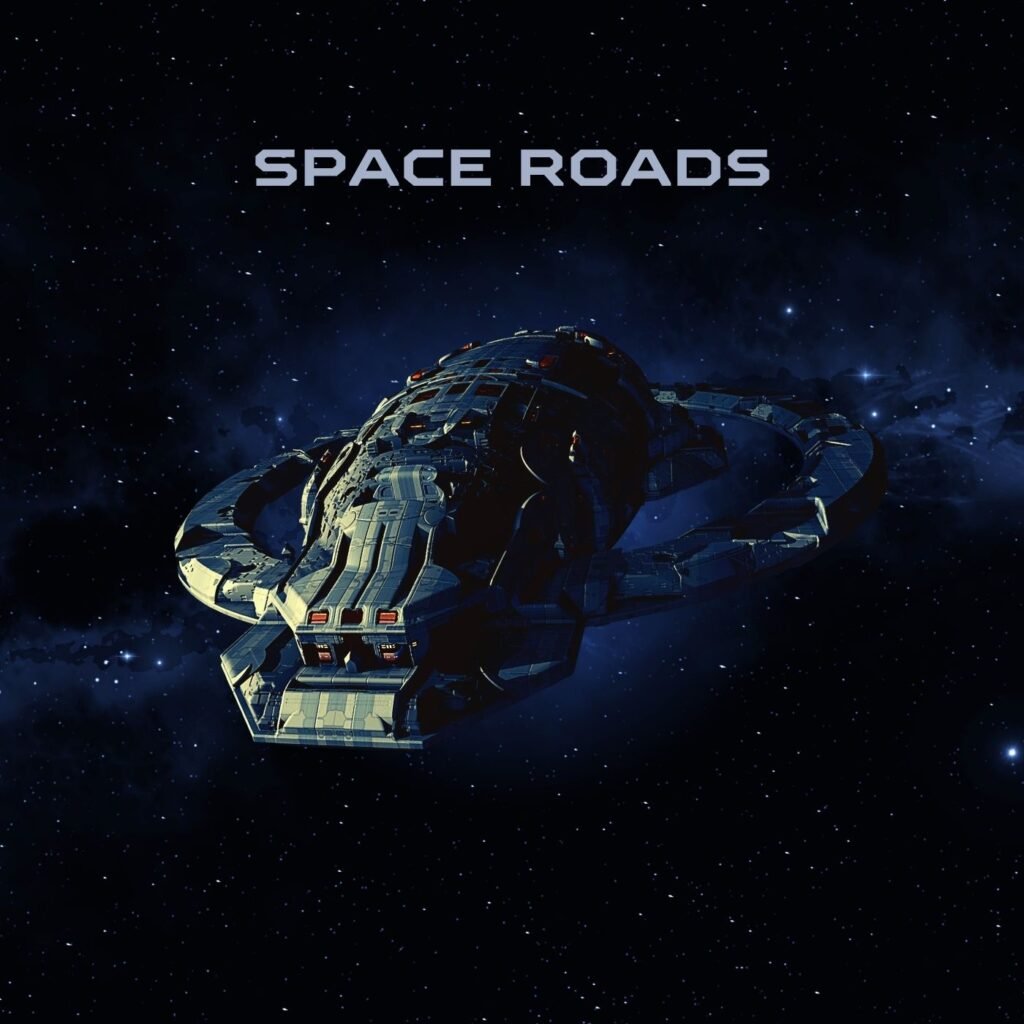
Space data is expanding at an unprecedented rate. The rise of satellite constellations, deep-space missions, and global communications has highlighted the limitations of conventional radio and optical systems. Current methods are increasingly vulnerable to interference, data loss, and cyber threats. As countries and private companies plan manned missions to the Moon and Mars, and as critical operations depend on satellite infrastructure, the need for secure and efficient space communication becomes urgent.
This is where quantum communication comes into play. Unlike traditional methods, quantum systems rely on the laws of quantum physics, offering unbreakable encryption and faster data transfer, making it a promising solution for the future of space data.
What Is Quantum Communication?
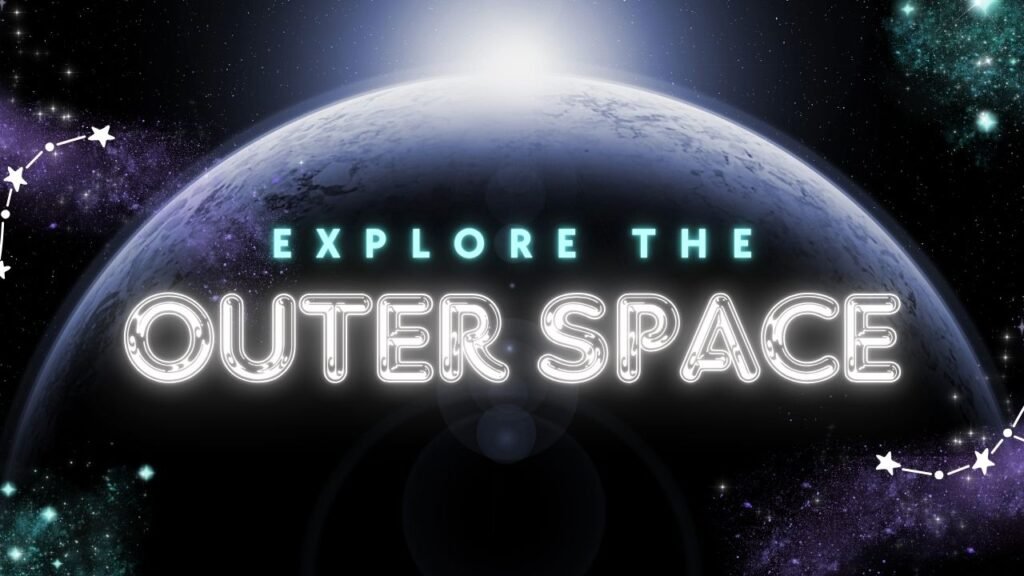
Quantum communication is a form of data transmission that leverages the unique behavior of quantum particles, such as photons. At the core of this system is a principle known as quantum entanglement, where two particles are linked in such a way that the state of one instantly affects the other, regardless of the distance between them.
Another essential technique is Quantum Key Distribution (QKD), which enables two parties to securely share encryption keys. Any attempt to intercept the keys disturbs the system, alerting the users and preventing unauthorized access. This makes QKD ideal for applications where data security is critical, especially in outer space where information cannot be risked.
Real-World Progress in Quantum Communication for Space
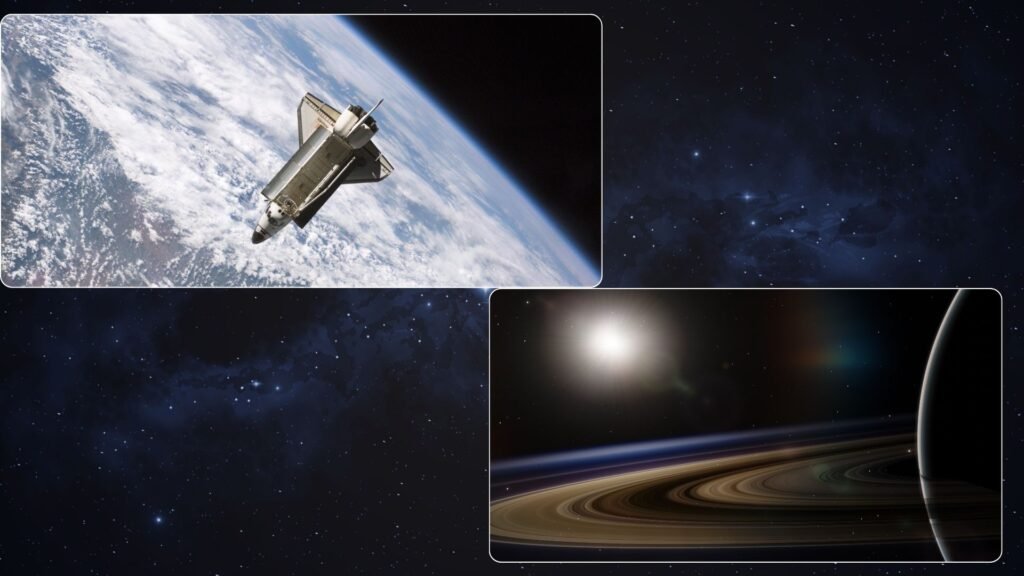
China’s Micius Satellite
In 2016, China launched the world’s first quantum satellite, named Micius, which successfully demonstrated the use of quantum key distribution across distances exceeding 1,000 kilometers. This milestone proved that quantum satellites could play a pivotal role in secure global communications and data sharing.
NASA Quantum Experiments
The NASA quantum communication program is actively researching how quantum entanglement can be used for deep-space communication. NASA's Deep Space Quantum Link project is exploring how quantum systems might support missions to the Moon, Mars, and beyond by creating secure links between Earth and spacecraft.
European Space Agency (ESA)
ESA is also investing in quantum technologies. Their SAGA project aims to develop secure and autonomous communication methods for future space missions. These experiments are laying the groundwork for future space missions that rely on quantum communication services for secure data exchange.
How Quantum Communication Works in Space
In space, quantum communication involves sending entangled particles or quantum-encrypted signals between a satellite and a ground station or between two satellites. This is achieved through specialized equipment like single-photon detectors and ultra-precise lasers. Here’s a simplified process:
- Photon Generation: A source generates entangled photons onboard a satellite or at a ground station.
- Entangled Transmission: One photon is sent to a remote location (satellite or ground station) while its pair remains.
- Quantum Key Distribution: The properties of these photons are used to generate an encryption key.
- Security Check: If any third party tries to intercept the signal, it changes the photon state, revealing the breach.
Because of this inherent security feature, quantum communication technology is ideal for missions involving sensitive data, such as military operations, navigation systems, and deep-space exploration.
Benefits of Quantum Communication for Space Data
Integrating quantum communication technology in the US space program and other global initiatives can bring several benefits:
Unbreakable Encryption: Makes data interception nearly impossible, protecting national security and sensitive scientific data.
Faster and More Reliable Transmission: Reduces latency in space communication, especially during deep-space missions.
Scalability: Supports the growing demand for secure communication as satellite networks expand.
Interplanetary Communication: Offers the potential for quantum links between Earth and future Moon or Mars bases.
These advantages highlight why the future of space data with quantum communication is a topic of interest for governments, scientists, and tech innovators.
US Initiatives in Quantum Space Communication
The United States is actively developing and funding quantum-based communication technologies. NASA, DARPA, and major universities like MIT and Caltech are leading research projects that aim to create quantum-secured satellite networks and enhance the country’s capabilities in the space race.
Recent investments from the U.S. Department of Defense and partnerships with commercial aerospace companies reflect the strategic importance of quantum communication. These efforts aim to keep the quantum communication technology in the US space program competitive and ahead of geopolitical rivals.
Long-Term Vision: A Quantum-Connected Space Ecosystem
The next two decades may witness a significant transformation in how humanity communicates in space. With the help of quantum satellites, global agencies are moving toward:
A quantum internet that uses satellites, for instance, could secure communication worldwide.
A network of quantum-relay satellites capable of facilitating data between planets.
Integration of quantum communication services for space into commercial and public missions.
This shift could enhance how artificial intelligence processes space data, how astronauts communicate on Mars, and how Earth-based operations coordinate in real-time.
Challenges to Overcome
While the potential of quantum communication is enormous, a few challenges remain:
Atmospheric Interference: Quantum signals can be distorted by Earth’s atmosphere, requiring clearer line-of-sight or vacuum-based environments.
Hardware Limitations: The precision required for photon generation and detection demands advanced, space-grade equipment.
High Costs: Developing, launching, and maintaining quantum systems in space is expensive and complex.
However, as research progresses and global collaboration increases, these hurdles are likely to be overcome.
Conclusion
As our reliance on space-based infrastructure grows, the demand for secure, scalable, and high-performance communication systems becomes more urgent. Quantum communication is no longer a distant possibility; it is already proving itself through real-world applications, from quantum satellites like Micius to NASA quantum experiments.
Its potential to offer unbreakable encryption, real-time deep space connectivity, and resistance to interference marks a turning point for the future of space data. By investing in and understanding this technology today, we prepare for a safer, smarter, and more connected tomorrow in space.
If you're passionate about space innovation or studying emerging technologies, now is the time to explore the world of quantum communication. Stay updated with projects from NASA, ESA, and research institutions pushing the boundaries of what's possible.






